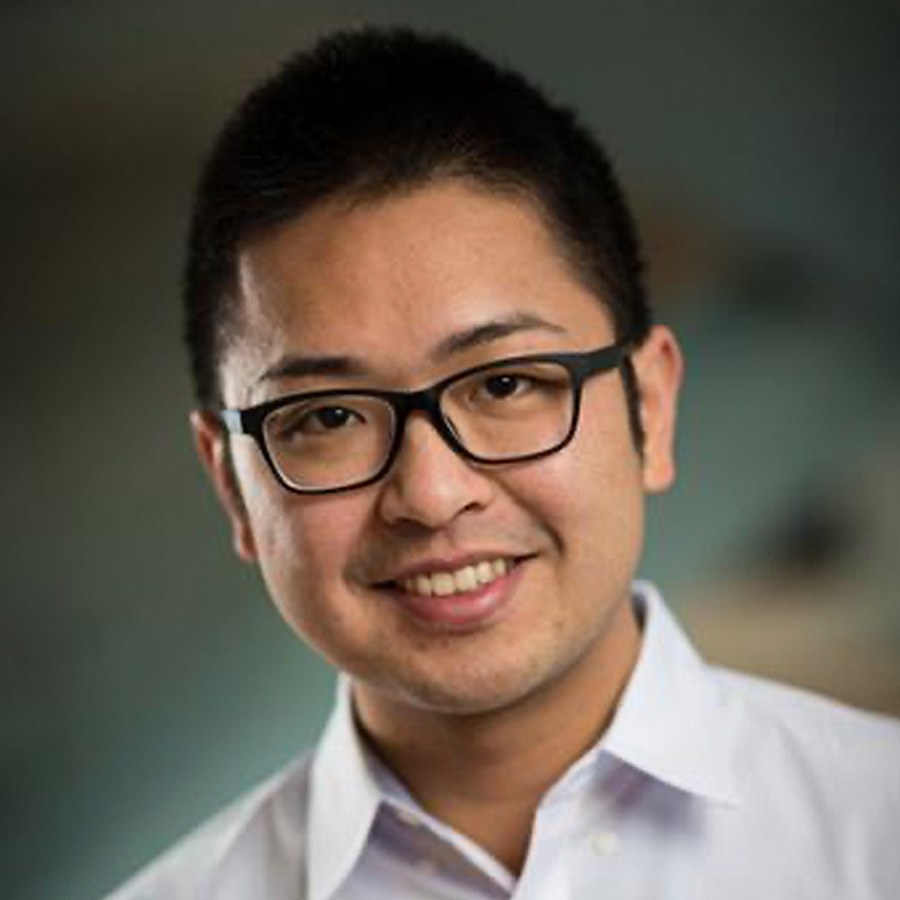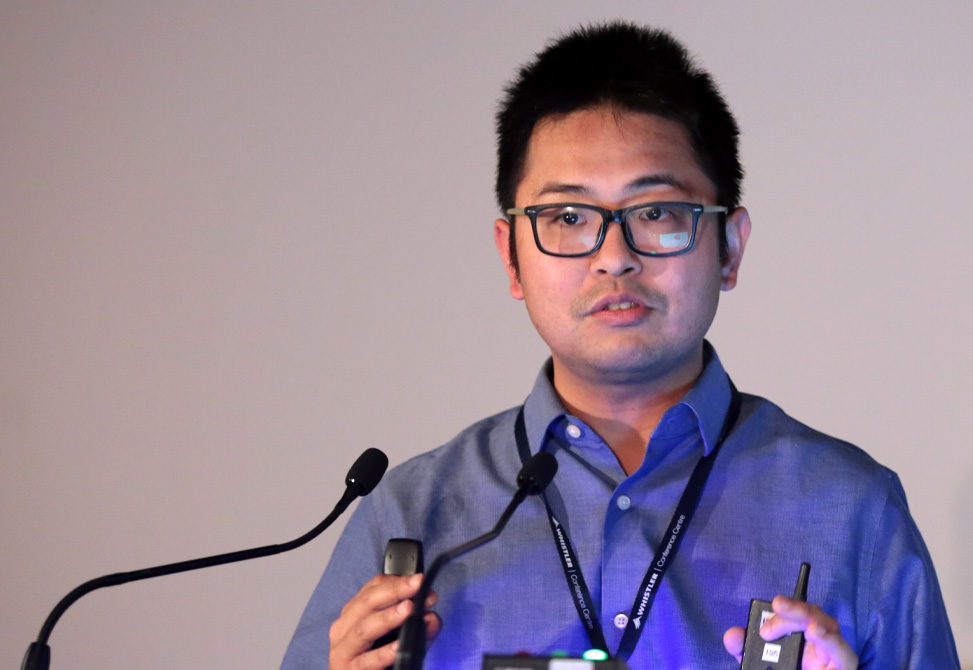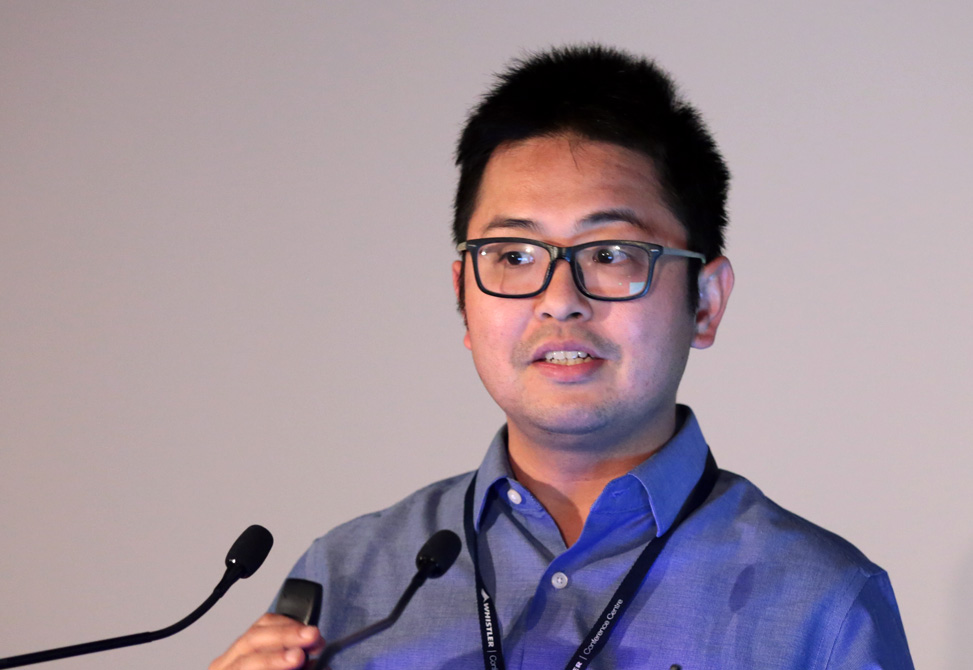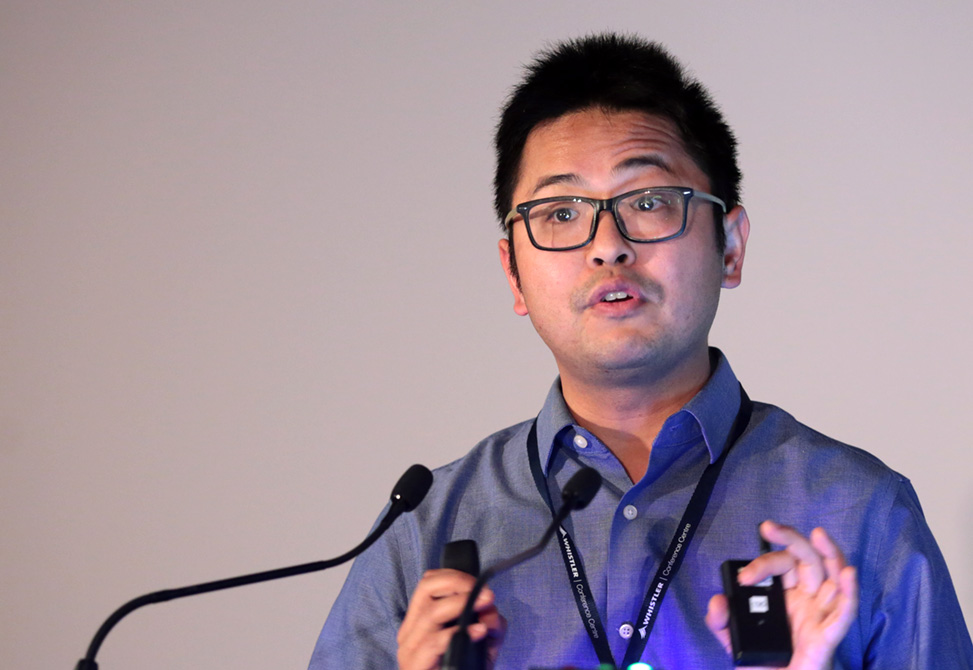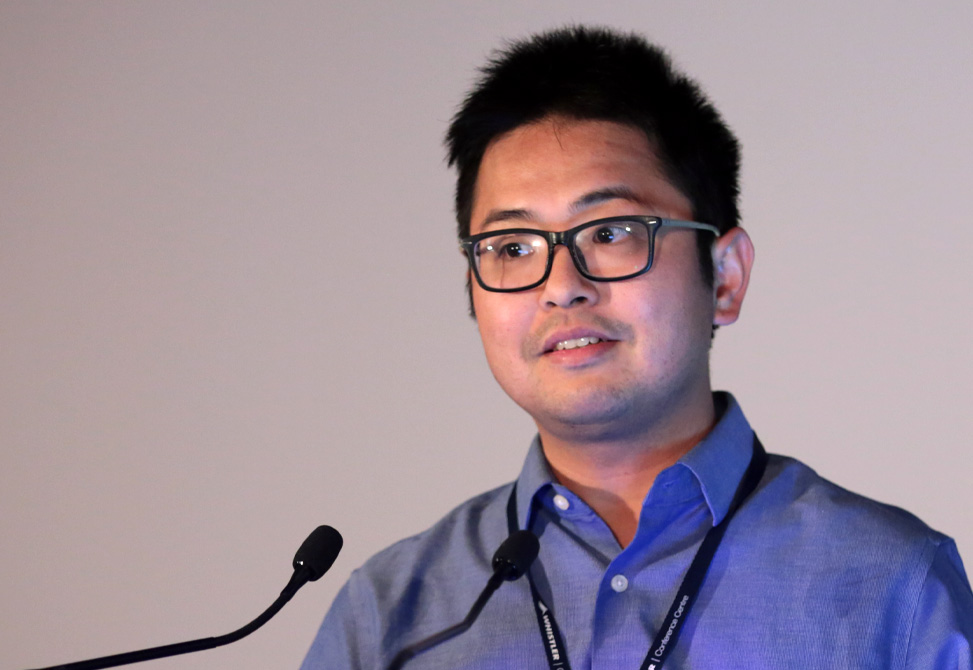Danny Chou
Stanford University
Talk Session: SESSION 15: PEPTIDE NATURAL PRODUCTS AND BIOLOGICAL METHODS
Date: Thursday, June 16, 2022
Talk Time: 03:00 pm - 03:20 pm
Talk Title: A Natural Product-Inspired Insulin Analog Induces New Insulin Receptor Conformations Upon Activation
Danny Chou is an Assistant Professor of Pediatrics, Endocrinology and Diabetes, at Stanford University. He received his Ph.D. from Harvard University, working in the lab of Prof. Stuart Schreiber. His Ph.D. research involved the identification of suppressors of cytokine-induced apoptosis in pancreatic beta cells. He then moved to MIT, where he was a JDRF Postdoctoral Fellow in Department of Chemical Engineering. He worked under the guidance of Profs. Robert Langer and Daniel Anderson, focusing on the development of glucose-responsive insulin derivatives.
Danny started his independent career in Department of Biochemistry at University of Utah in August, 2014. At Utah, Danny's research focused on protein and peptide therapeutics for the treatment in Type 1 Diabetes and other human diseases. In 2020, Danny moved his research lab to Stanford University to continue their efforts in developing novel insulin therapeutics. His laboratory has received funding support from NIH, DoD, JDRF and American Diabetes Association. Danny has received recognitions including a JDRF Career Development Award, Vertex Scholar, JDRF Postdoctoral Fellow and ADA Junior Faculty Award.
Cone snail venoms contain a wide variety of bioactive peptides, including insulin-like molecules with distinct structural features, binding modes, and biochemical properties.
Here, we report a fully active humanized cone snail venom insulin with an elongated A chain and a truncated B chain, and use cryo-electron microscopy and protein engineering to elucidate its interactions with the human insulin receptor ectodomain.
We reveal how an extended A chain can compensate for deletion of B-chain residues, which are essential for activity of human insulin but also compromise therapeutic utility by delaying dissolution from the site of subcutaneous injection.
This finding suggests approaches to developing improved therapeutic insulins. Curiously, the receptor displays a continuum of conformations from the symmetric state to a highly asymmetric low-abundance structure that displays novel coordination of a single humanized venom insulin using elements from both of the previously characterized site-1 and site-2 interactions.
